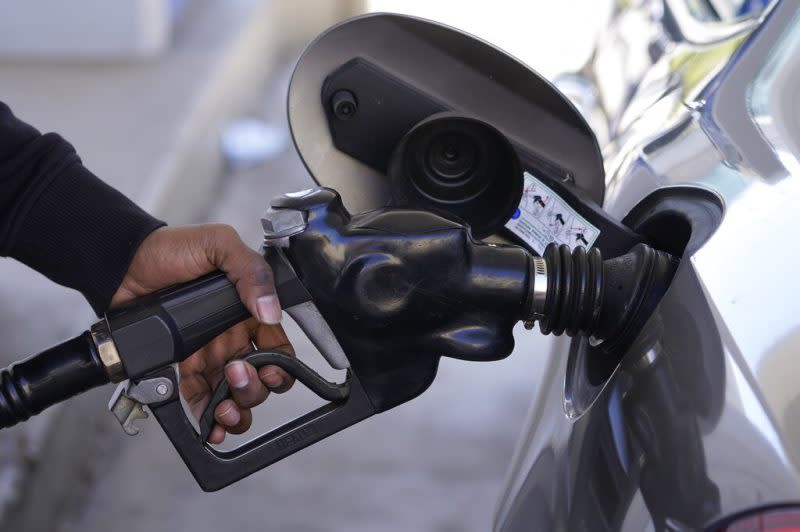Why gas prices are rising ahead of spring break travel — and when relief could come

(NewsNation/Nexstar) — Gas prices increased during the last week of February, and a AAA report suggests they’ll keep rising as drivers hit the road for spring break.
On Friday, the national average cost for a gallon of gas increased to $3.31 per gallon — up 21 cents compared to a month ago. It is, however, four cents less than a year ago, when the average was $3.35, AAA reports.
As of Tuesday evening, the national average was $3.36 per gallon — up nine cents from one week ago, and 22 cents one month ago.
Survey: 3 of 5 EV drivers with home charging use public chargers weekly
“We’re entering Spring Break season, and historically, March and April bring higher gas prices as demand rises,” said Aixa Diaz, a AAA spokesperson. “With milder temperatures come more road trips, and this time of year tends to be a precursor to the summer driving season.”
Gas prices have increased seasonally by about 50 cents from a low at the beginning of February to the seasonal high in May since 2000, NACS reports.
Aside from spring break, prices have increased ahead of the annual switch to a higher grade of gasoline known as the summer blend, which is more expensive to make, according to NACS, the trade organization for fuel and convenience stores.
Summer blend fuel stems from regulations from the U.S. Environmental Protection Agency that were enacted by Congress in 1990, AAA spokesperson Devin Gladden previously told Nexstar.
From June 1 to September 15, the EPA regulates gasoline based on its “Reid vapor pressure,” or RVP. Because gasoline can evaporate easier during these warm summer months, the EPA requires gasoline to have a lower vapor pressure, which reduces air pollution. Winter-grade gasoline has a higher vapor pressure so your engine can start more easily.
When did Republicans turn against EVs, and will the tide turn?
Retailers often switch to the summer blend before June 1. Regardless of when the switch happens, the different blend will cost you more because producing it is more expensive, Patrick De Haan, lead petroleum analyst at GasBuddy, told Nexstar.
An early change to the summer blend isn’t the only cause of rising prices. During this transition period, refineries tend to perform maintenance during spring to ensure they’re ready for summer’s high demand.
“This always crimps supply, leading to further gas price increases,” De Haan said in a recent blog post.
Gas prices typically begin to drop around Memorial Day.
For the latest news, weather, sports, and streaming video, head to Queen City News.

